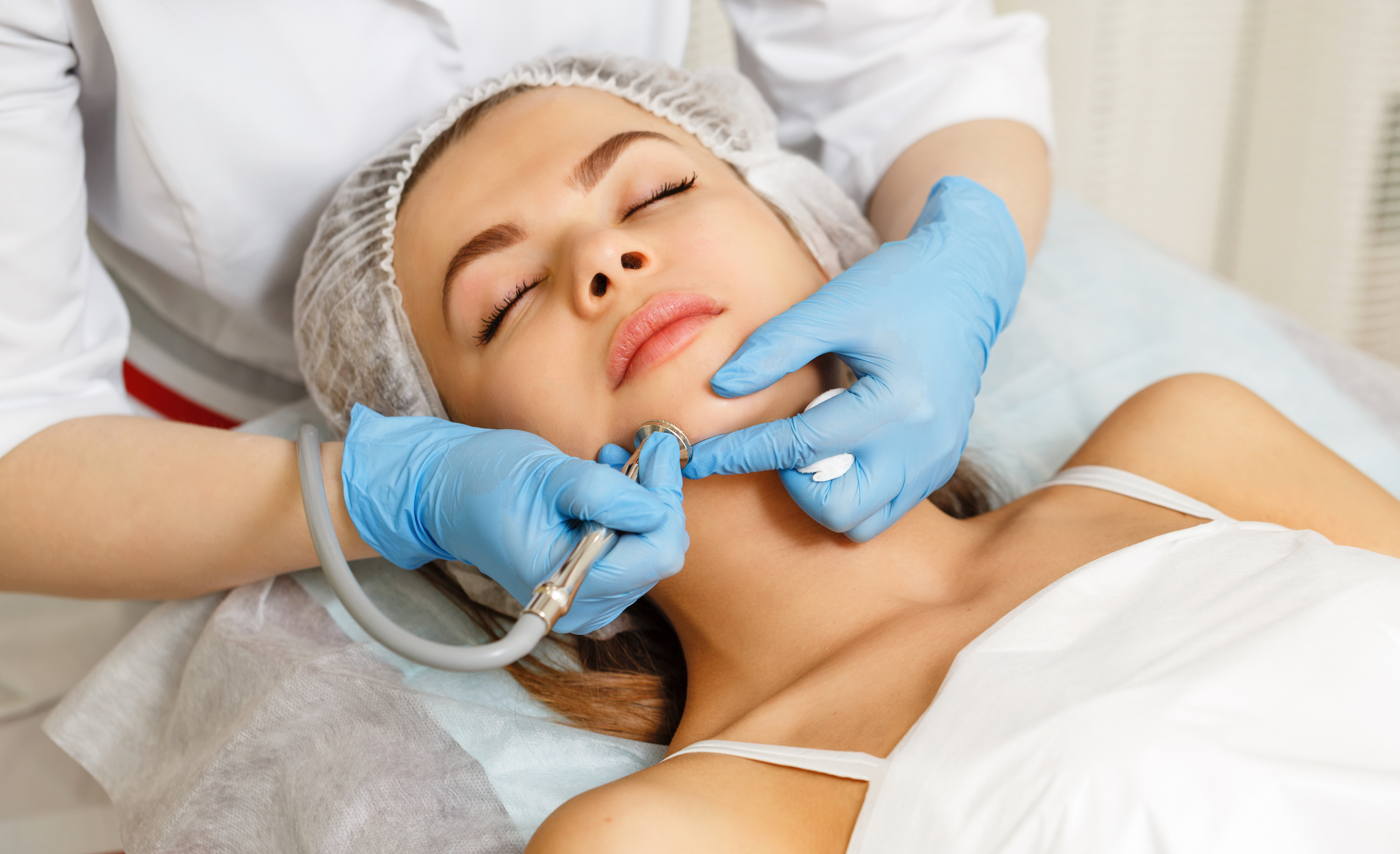W H A T I S M E L A S M A ?
Melasma is a condition of hyper-pigmentation, concentrated deposits of melanin, presenting dark patches on the skin. More common to women, melasma can be triggered by the hormonal changes of pregnancy, then referred to as chloasma, or by certain oral contraceptives and other hormonal therapies.
Although ninety percent of melasma patients are women, men can develop the condition, as well. All wavelengths of sunlight can trigger the disorder, so strict avoidance of sun exposure is critical for treatments to succeed in patients with resistant or recurring melasma. This is especially important for pregnant women.
T Y P E S O F M E L A S M A
S U N E X P O S U R E
P R E G N A N C Y
M E L A S M A T R E A T M E N T S & S E R V I C E S

P H O T O F A C I A L

S K I N R E S U R F A C I N G
Where Does Melasma Usually Appear?
While melasma can develop anywhere on the skin, the face tends to see the worst of it. Dark spots often develop on the forehead, cheeks, nose, chin and upper lip. In other words, the areas of the face most exposed to the sun tend towards hyper-pigmentation in some people.
Melasma occurs when skin pigmentation cells, known as melanocytes, produce too much melanin. The melasma spots tend to be symmetrical, unlike the asymmetrical patterns of melanomas. Additionally, melasma does not become melanoma if left untreated. While aesthetically distressing, hyper-pigmentation is harmless and can be left untreated, if preferred, without risk. Effective diagnosis can be made by mere visual inspection.
What Skin Types are Most Susceptible?
Melasma strikes darker skin types more frequently, but all types are vulnerable, especially if a family history of melasma exists. Darker skin has more melanin than lighter skin to begin with, thus making it more reactive to the triggers for melasma.
Will My Melasma Disappear on its Own?
It certainly could. Often, dark spots will resolve a few months after pregnancy or the cessation of contraceptive pills or hormone replacement therapies. Also, total sun avoidance can bring relief. However, persistent and recurring cases often become permanent. Bear in mind, though, that some sunlight exposure is necessary for the body to manufacture vitamin D which is critical to good health. So, when going outside in the daytime, the best practice is to use sunscreens of SPF 50 on your affected areas. Where your skin is clear of melasma, some sun exposure should be permitted.
How Do You Treat Melasma?
We offer many treatments and always customize yours according to your specific condition. The most common approach has been topical acid creams at pharmaceutical concentrations. Other options are chemical peels, micro-dermabrasion and laser treatments. Each type of treatment carries a certain general level of effectiveness and your regimen could include any number of combinations.
Does the Treatment Hurt?
There could be some temporary irritation at the treated locations. This is common with many dermatological treatments.



